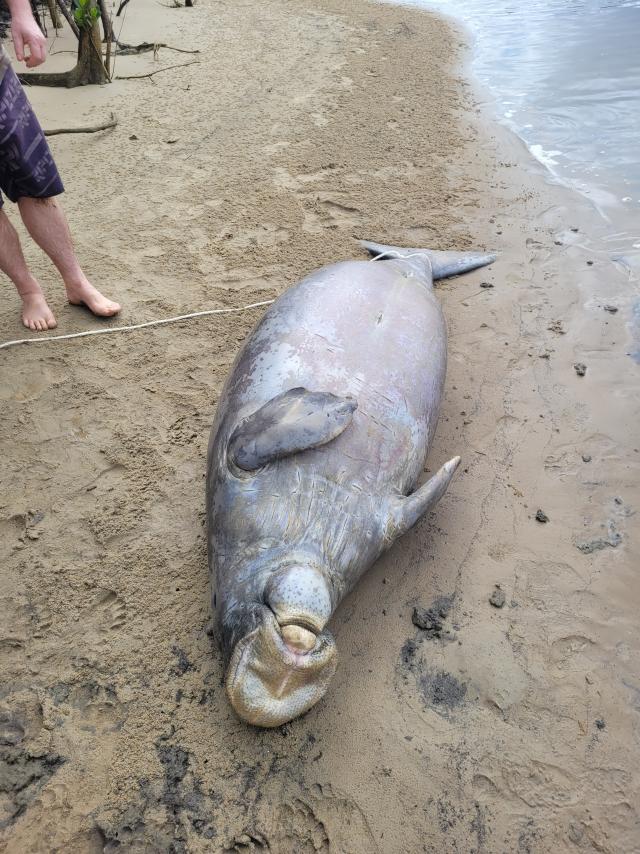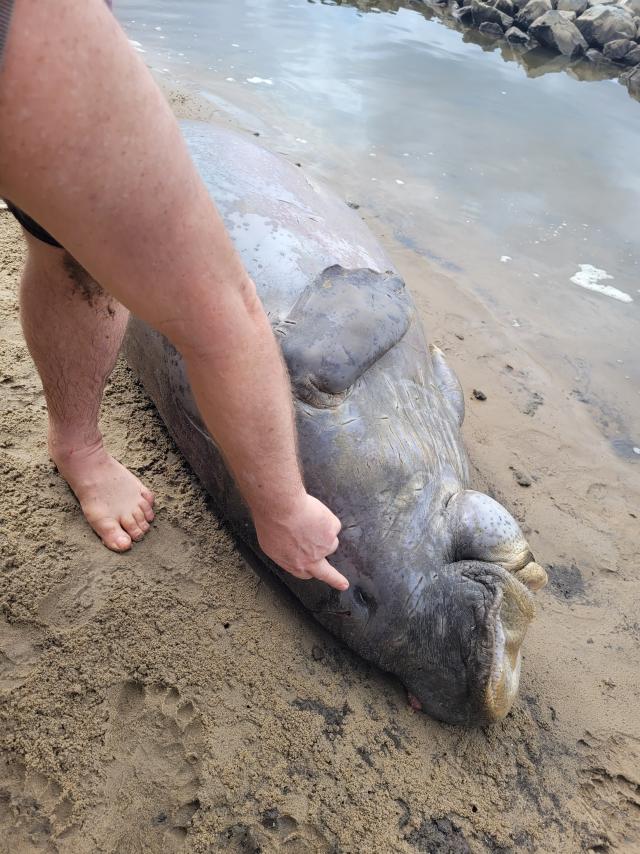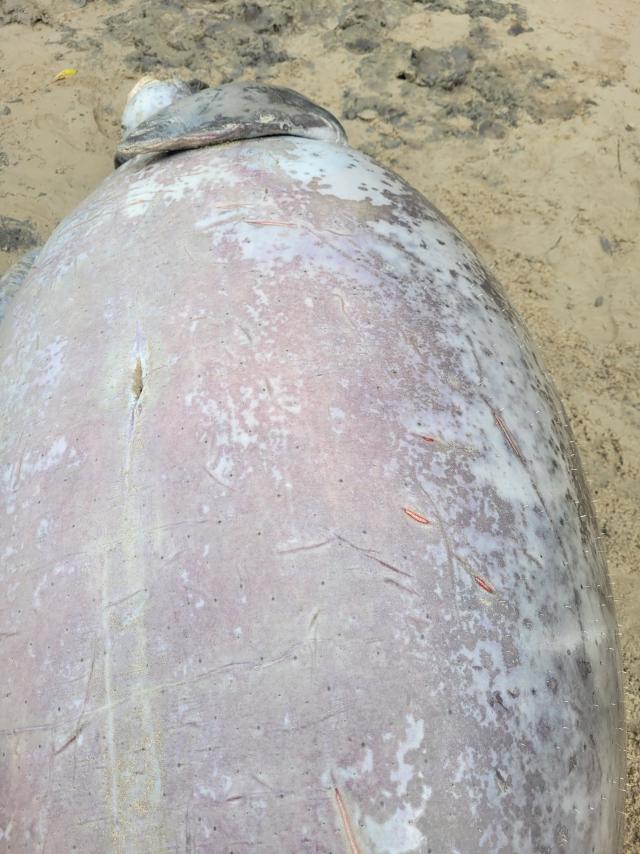A dead dugong was found in the Noosa River on Sunday 16 October, followed by a wave of speculation online as to what caused the much-loved creature’s death.
There was a lot of fingers being pointed at the river being over populated with vessels, and even some calling for speed boats and jet skis to be banned.
“Jet skis really have no place on our river. Nor speed boats for that matter,“ they said.
Another agreed, “The answer is obvious. Ban speed boats and jet skis.“
“We enjoyed seeing this wonderful creature in our river. We did worry though that it would get killed or injured. The river is just so busy now and like the freeway,“ another person wrote.
The dugong was found floating in the river at Goat Island, adjacent to the new oyster seeding rocks opposite Hilton Esplanade.
A Department of Environment and Science (DES) spokesperson said the dugong was about 2.3 metres and appeared to be an adolescent.
“The animal has been deceased for a number of days but there was no obvious cause of death,“ a DES spokesperson said.
Senior Lecturer in Animal Ecology at University of the Sunshine Coast, Associate Professor Kathy Townsend, who recently highlighted the impact of La Nina on dugongs and turtles via The Conversation, said it was likely the dugong died from starvation.
Noosa Today spoke to UniSC PhD candidate Caitlin Smith to hear her thoughts on the recent death.
“I can’t make any definite statements, but I would say that it would be likely that the dugong died from starvation due to the lack of seagrass, or that it was subjected to other impacts or secondary infections as a result of malnutrition,“ she said.
“I couldn’t be certain unless I did a necropsy report.“
Caitlin said she couldn’t see evidence of boat strike injuries in images of the dugong.
“Again, I can’t say for sure what the cause of death is. I would, however, say that the impacts of low food availability could cause marine life to be more lethargic and less reactive, so it’s always a good thing to be vigilant and careful when driving your boat or jet ski in the area to avoid collisions,“ she said.
It’s not just dugongs struggling at the moment.
Together with a team from UniSC, Caitlin discovered 15 sick green turtles in recent weeks in the Great Sandy Strait near Hervey Bay.
“Most of the sick sea turtles we found – as well as those found by Queensland’s Department of Environment and Science team – showed signs of starvation and illness, including the newly identified soft shell disease,“ Associate Professor Townsend stated.
Caitlin explained how La Nina, a naturally occurring event and a part of the el nino southern oscillation (ENSO), was likely to blame.
“For Australia, the La Nina phase is attributed with high rainfall, resulting in flood events,“ she said.
“Human induced climate change is increasing the intensity and frequency of these flood events.
“When you get these large floods, the flood waters flush everything from the land into the river systems and erode away riverbanks bringing with it sediment and land-based contaminants such as herbicides and pesticides.
“When this sediment eventually makes it into the ocean, it smothers the seagrass beds. As seagrass is a plant it requires sunlight to photosynthesise, therefore the sediment prevents this from happening and you get a mass die off of seagrass.“
Caitlin said this was very problematic for populations which rely on this as a food source, such as green turtles and dugongs.
“Therefore, we have observed low seagrass availability and poor water quality,“ she said.
“This is concerning with another season of La Nina predicted for the next year, so there won’t be much of an opportunity for the seagrass or dugong/turtle populations to recover before the next flood event.“
Anyone who comes across injured, stranded or dead marine wildlife should report it to the Department of Environment and Science on 1300 130 372.









